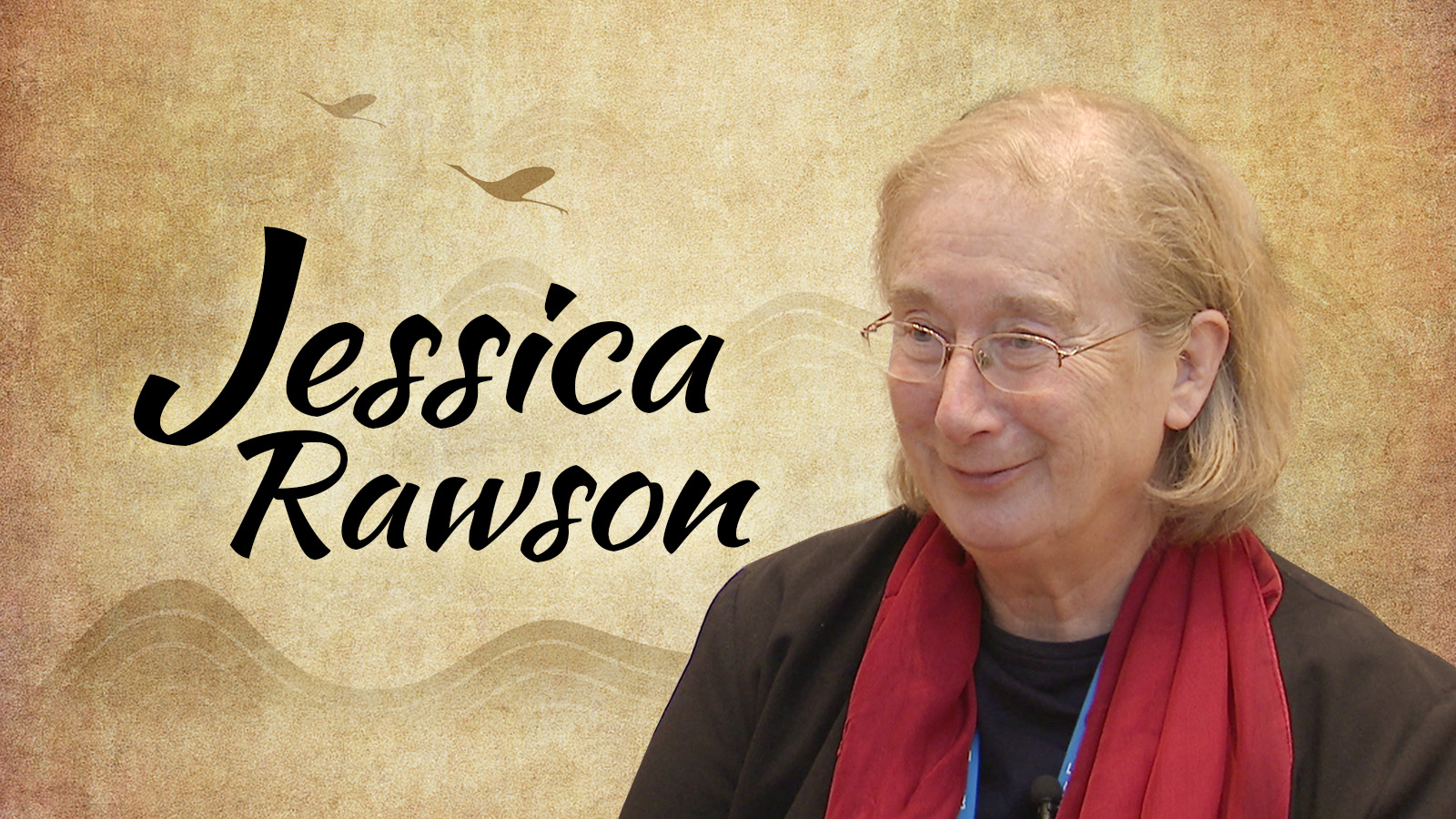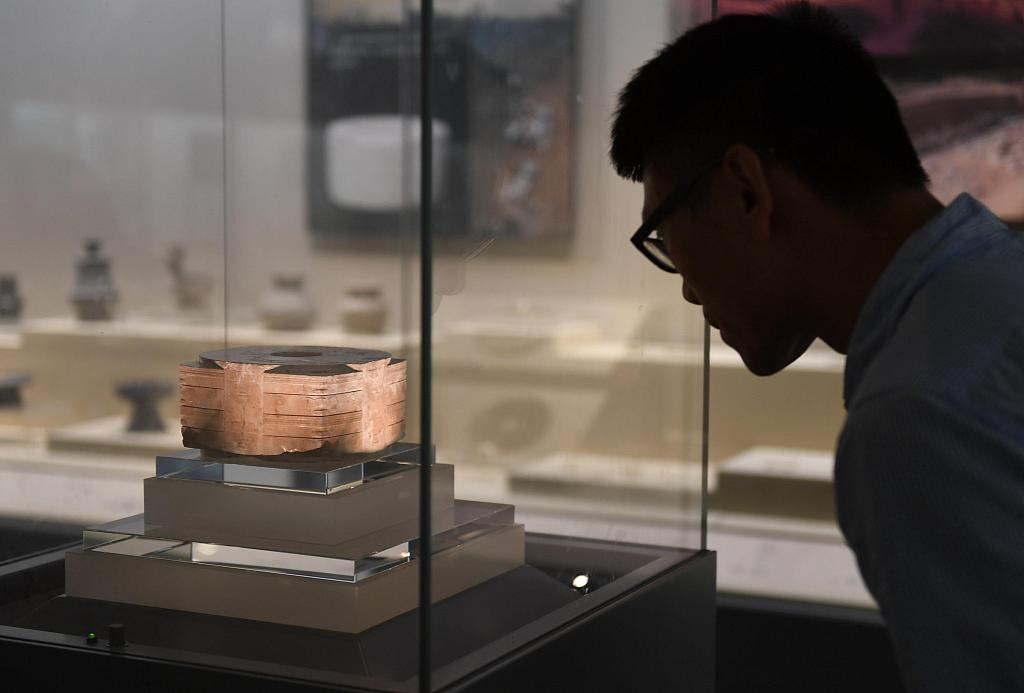06:16

At the invitation of the Beijing Forum 2019, Jessica Rawson, a famous British art historian, curator, and academic administrator and professor of Oxford University, attended the Beijing Forum on November 1. She delivered a speech on November 2 at Peking University with the theme "China's Unique Civilization and Technological Exchange across Eurasia, 3000-500 BC" and dialogue with domestic scholars engaged in archaeology, art history, and other aspects of research.
On the day Rawson attended the forum, CGTN interviewed her about the museum and the achievements of Chinese archaeology in recent years.
In her opinion, the time period is a very important element in archaeology, since scientists can infer the course of the country's development from time.
In Eastern Asia, she said, the cities and tombs are somewhat older than those in China. They use very different materials like gold and beads, and many animal images, such as sheep and goats.
But China is different, such as the Archaeological Ruins of Liangzhu City, which had recently become a UNESCO World Heritage. Rawson said that visitors would be surprised to find that Liangzhu is a symbol of more than 5,000 years of Chinese history, with jade, lacquer, and porcelain unearthed.

A visitor looks at jade "Cong" of Archaeological Ruins of Liangzhu City on May 29, 2018. /VCG Photo
A visitor looks at jade "Cong" of Archaeological Ruins of Liangzhu City on May 29, 2018. /VCG Photo
"So for the visitor, there is very little explanation in China about the difference," said Rawson, "I think the difference is very nice; I think the difference, in contrast, is important, but it's very difficult for outsiders to understand."
Talking about the cultural gap between East and West, Rawson said there are several significant differences, but the scholars and visitors should face them with a positive attitude.
She also believes that it is these differences that shape cultures. "I'm a great supporter of the understanding of Chinese archaeology, but you need more explanation, and you need to accept the gap is positive. It is a very good thing that your culture and our culture are different," added Rawson.
For Rawson, who was Deputy Keeper and then Keeper of the Department of Oriental Antiquities at the British Museum from 1976 to 1994, being a curator is very different from being a scholar. As a scholar, she has more "academic freedom" and can communicate with more schools, such as Peking University, she said.
"But when you're a curator, you're spending a lot of time with individual objects, and you try to understand how these objects fit into a culture," she said.
In the cultural exchange of a country, Rawson said, what the museum can do is to carry out as many exhibition exchanges as possible, so as to bring more contents about the culture of other countries to the visitors of its own country.
"I think it helps to understand more about other cultures. So I suggest that you continue to exchange exhibitions, invite exhibitions to the national museums, and explain to other people in China, the nature of Western or Asian cultures in middle east and in Africa and Australia, you know, and South America, many beautiful things," Rawson said, "And we are very much welcoming Chinese exhibitions in Britain."